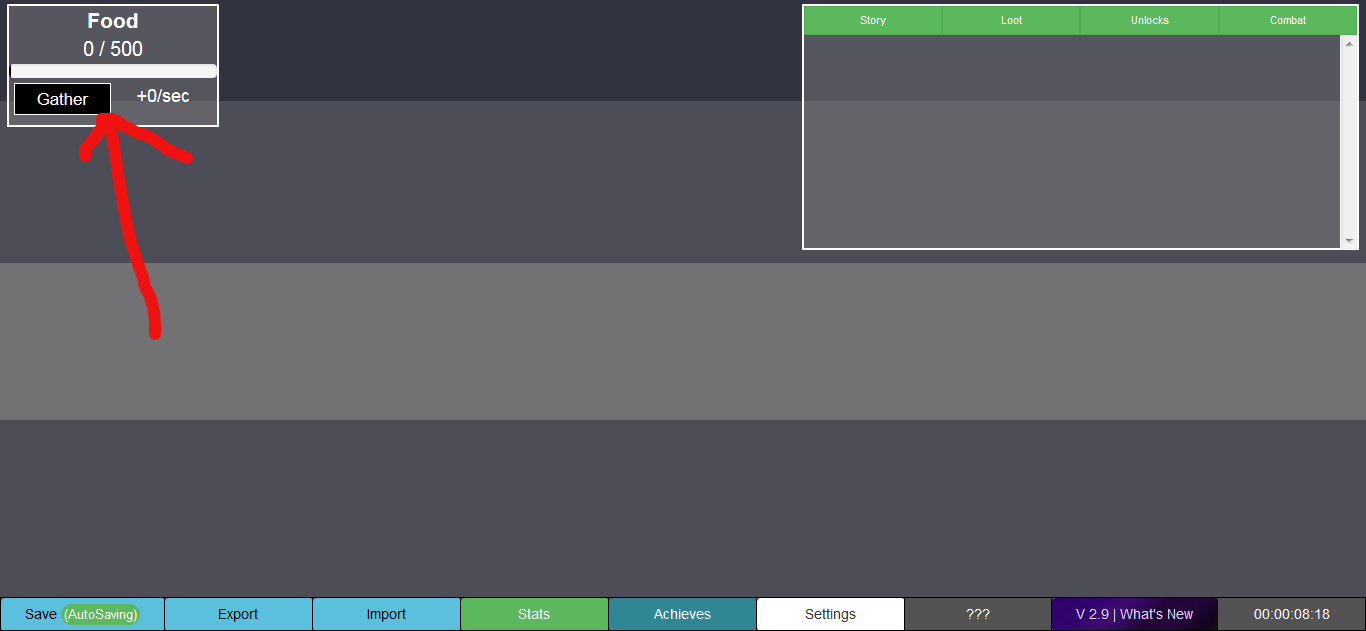

#Trimps game free#
Use of TRIMPs should give the coach a quantifiable means of examining practice sessions and games for team activities and thus a greater means of assessing and comparing the physiological load of the training sessions.Trimps is also free to play and only a 300MB download. Whether these differences were due to the level of athlete, the age of the athlete, or the time of season will require further research. (2007) for elite male field hockey players. The TRIMP values for the practices and games were lower than those reported by Stagno et al. However, a much greater number of TRIMPs in zone 5 were reported in games than in practice sessions. RESULTS (mean + SD): The games were similar in total TRIMPs to the practices. Maximal heart rate was estimated using the equation developed by Gellish et al. The number of minutes spent in each zone was then multiplied by a weighting factor and the values then summed to determine total TRIMPs. After the practices and games the TRIMP values were determined using the modified equation developed by Stagno et al. Heart rate data was collected using coded heart rate monitors that stored the data in the strap. In a 29 week season, the team played games on 24 weekends. A week of two practices (Tuesday and Thursday) and three games (two on Saturday, one on Sunday) were monitored during the middle of the season (week 15 of 29). Seven forwards and five defensemen (mean age: 15.8 + 0.4 years) served as the participants for this study following informed consent. To determine TRIMP values for elite youth ice hockey players during practice and games within a single week during the middle of their season. (2007) recently modified the TRIMP technique for use with team sports. Also, training impulse (TRIMP) equations, where both exercise intensity (from heart rate) and duration of the activity are used to determine exercise load, have been developed and revised. Recent advances have allowed for heart rate to be collected during team activities through the use of coded heart rate belts which prevent interference between belts worn by teammates.

Likewise, technology has not been as easily utilized in team sports as it has been in individual sports. However, in team sport activities the exercise intensity for each athlete is much more difficult to predetermine as members of the team usually perform similar activities which would not necessarily be of the same relative intensity. Athletes in individual sports (i.e., cycling, running, swimming, triathlon) can use one of numerous techniques such as heart rate, rating of perceived exertion, or lactate threshold velocity to determine exercise intensity.

Training progressions and sufficient recovery are integral to enhancing exercise performance.


 0 kommentar(er)
0 kommentar(er)
